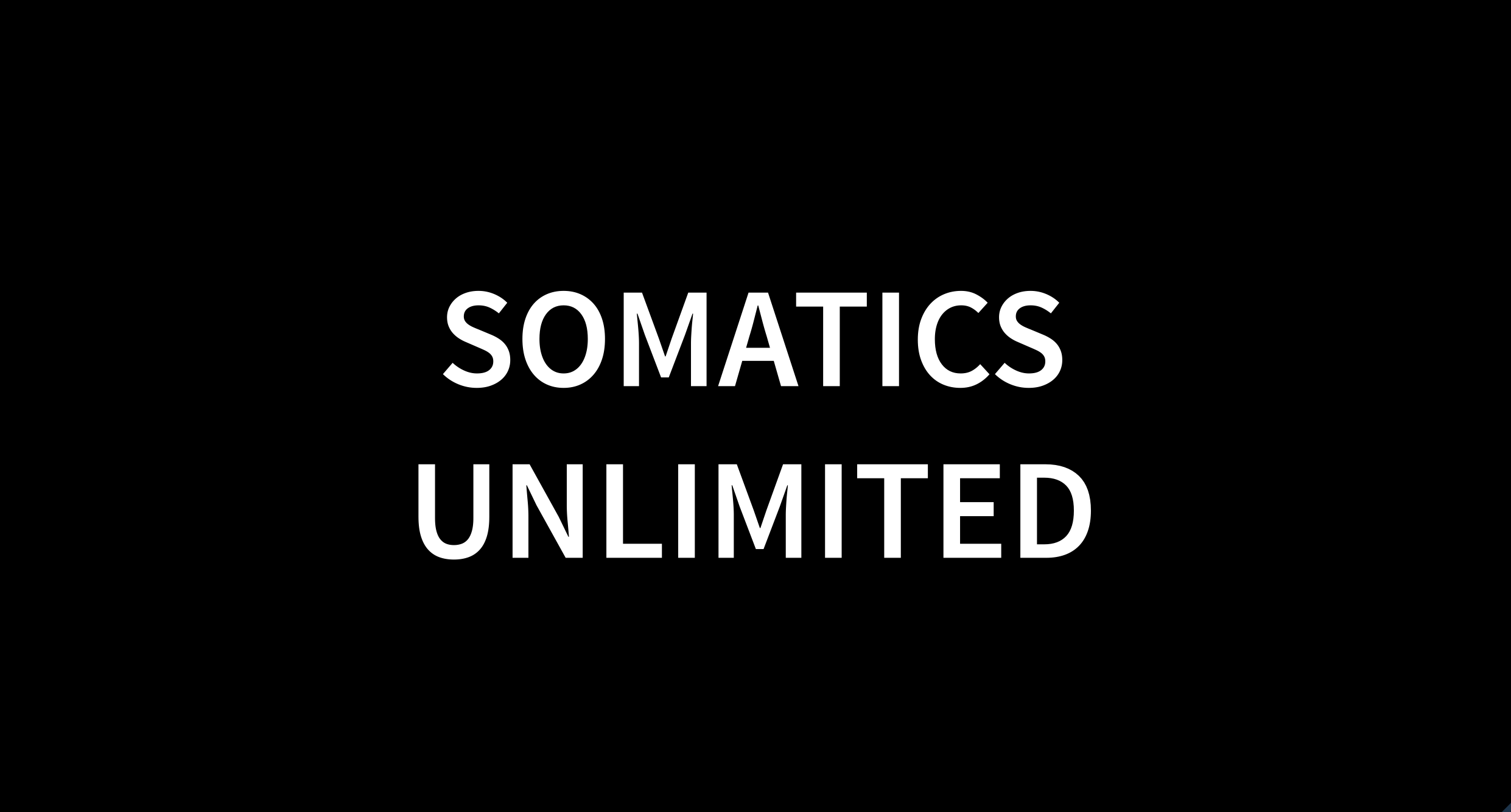On the pages of the Journal of Dance and Somatic Practices — and elsewhere in dance scholarship — artists, scholars, teachers and practitioners are not shy in making claims about the benefits of somatic practices. Such claims are endemic and appear unlimited in scope: becoming pain free (Eddy, 2009), greater physical expression (Batson and Schwartz 2007), physical harmony (Mullan 2014: 259), challenging the “dominant discourses” re sexual abuse (Beaudry 2015), “the potential to question and critique the dominant social discourse and practices of neo-liberal societies” (Fortin 2017: 146), and “a pedagogical foundation for the vitalising and integration of the learners’ sexually potent self into training and performance processes” (Kampe 2015: 200). In this presentation I discuss the nature of the claims made on behalf of somatic practices through the flagship Journal of Dance and Somatic Practices, and what these claims might say about our responsibilities within and beyond dance research.
Below is a link to a version of a paper presented at the Dance and Somatic Practices conference at the University of Coventry on Saturday 15 July 2023. In the presentation, author names were removed from the papers for reasons described below. I have included them on the PDF to follow regular citation practices.
Supported by C-DaRE — the Centre for Dance Research — at Coventry University.
